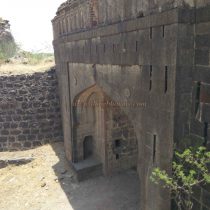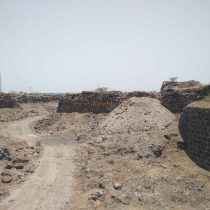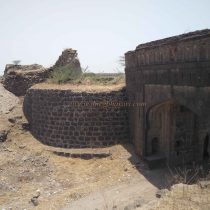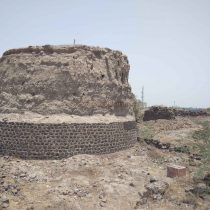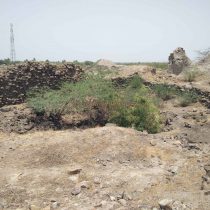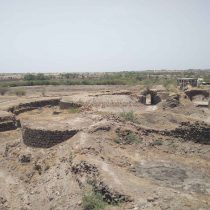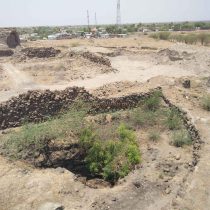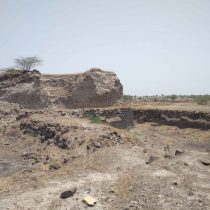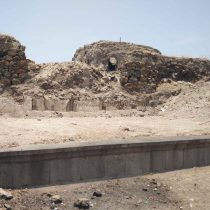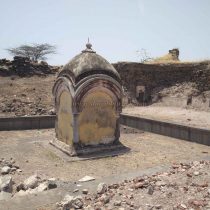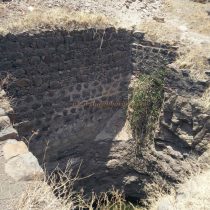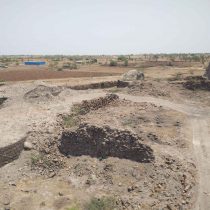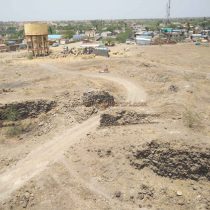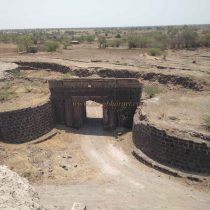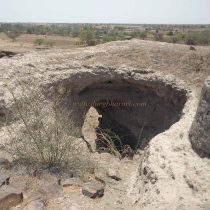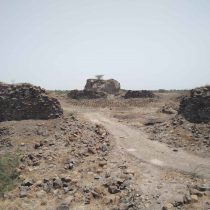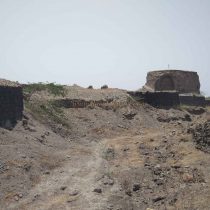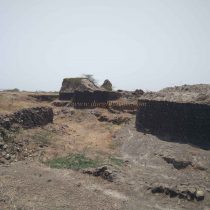ANANTPUR
TYPE : GROUND FORT
DISTRICT : BELGAON
HEIGHT : 0
GRADE : EASY
Anantapur is a small town in Athani taluka of Belgaum district. Anantpur was once a part of Jat province in Maharashtra but now is under Karnataka. In pre-independence times, Jat was an independent province. These states included small towns like Jat and Dhaflapur, Anantapur, Umrani, and 117 villages. The history of Jat and the surrounding area is the history of Daphle Sardar, the king of Jat province. After Patil Satwaji Chavan of Daflapur got the patriots of Jat, Karjagi, Bardol, and Kanad from Adilshahi around 1680, the Daphle dynasty and Jat province emerged. He built some forts and small forts in the state for administrative purposes. In the seventeenth century, he is said to have built a strong fort at Anantapur, at a short distance from Jat city.
...
Anantapur fort is located at a distance of 26 km from the capital of the state and is at a distance of 22 and 10 km from important places in the state of Umrani and Daflapur respectively. This fort, located in the central part of the province, was very important in terms of defense, so it was strengthened by digging a moat around the entire fort. Located on the border of Maharashtra, this fort is 60 km from Sangli on the Sangli-Salmalgewadi highway and only 3 km from the Maharashtra border. On the way from Daffalpur to Anantapur village, before reaching Anantapur village, the huge round-shaped bastions of the fort attract our attention. If you have a private vehicle, you can go directly to the moat from the water tank outside Anantapur village. The trench, once built on both inside and outside, has collapsed to a large extent today. After descending into this moat, there is a path leading to the main gate by taking a detour to the ramparts of the fort. This route is from the fort is completely under forts surveillance. In front of this road is the highest bastion of the fort and from this bastion, one can see the way to the fort, the main gate as well as the entire interior of the fort. This square-shaped fort is spread over an area of about 5 acres and there are a total of 9 bastions in the ramparts of the fort. The structure of these bastions and ramparts is unique. There are four large bastions at the four ends and a small bastion in the middle of each of these two bastions. Normally, the ramparts connecting the two bastions are in a straight line, but here the ramparts of the fort are round and four small bastions in the middle of the big bastion are attached to the inner part and the fort is built inside. Another small bastion has been built in a moat next to a small bastion of the fort and the main gate of the fort has been built between these two bastions. The door at the beginning of the path leading down to the moat has completely collapsed and today only its remains exist. This way we reach the east-facing main gate of the fort. The gate of the fort, which is located between two bastions, is made of wrought stone, but the construction on the curtain walls is done with bricks. The arch of the door has flower arrangements on both sides and on both sides, there are porches for the guards to sit and stay. From this gate, we turn to the ramparts and reach the west-facing gate of the fort. The only arch of this door is left, and on the inside are guardrooms. In Balekilla, there is a built square of the mansion made out of stone, and on this square, there is a small Shiv temple that looks like a mausoleum. This temple reminds us of the Samadhi of Chhatrapati Rajaram Maharaj at Sinhagad. In the courtyard of the mansion, you can see a well built in the shape of a square. Walking around the fort, one can see another deep well and also the remains of some structures. Although the gates of the fort and all the bastions were built of and limestone, the fortifications were constructed of white clay. As the ramparts have collapsed, white soil has spread all over the fort. There is a circular path to reach the highest bastion of the fort and there is a door to enter the bastion. It is seen that around the wall has been built on this bastion to raise the flag as well as to keep the cannon. The other three bastions should have had the same structure but due to the collapse of the bastion, it has become extinct over time. From this bastion, the entire fort can be seen at a glance. One hour is enough to walk around the entire fort. This ground fort, which still survives on the border of Maharashtra, is a must-see for its architectural features.
© Suresh Nimbalkar


